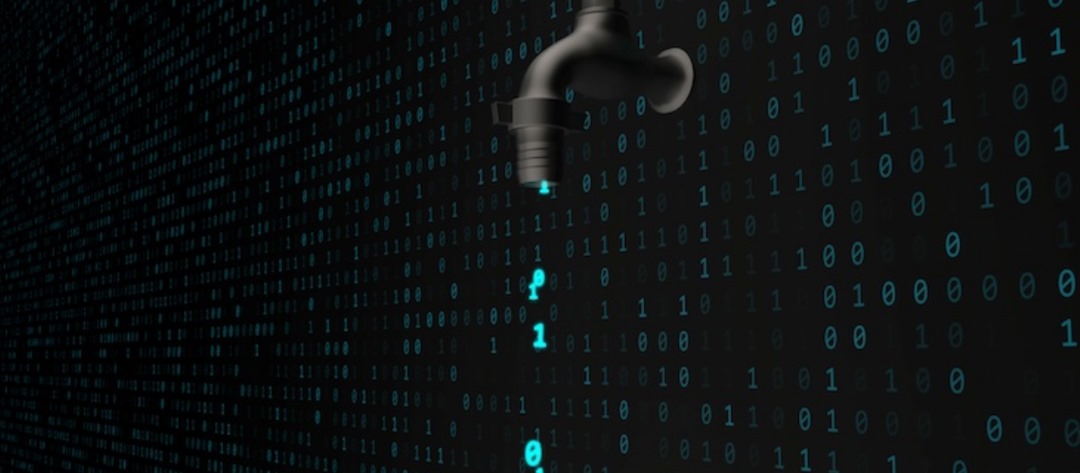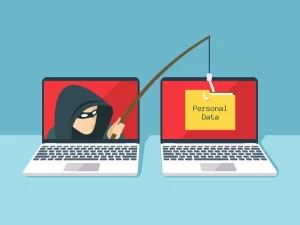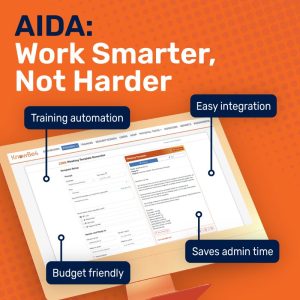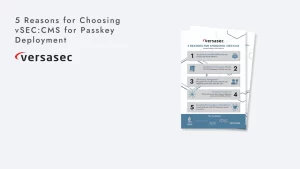
Understanding the Increasing Threat of Data Breaches
Data breaches are becoming alarmingly common, with many high-profile cases involving malicious actors like ransomware gangs or disgruntled employees. These cyberattacks often target large companies, demanding ransom amounts that can reach millions of dollars. Unfortunately, even when companies pay, it rarely guarantees the restoration of their data. This highlights the serious threat posed by cybercriminals exploiting technological vulnerabilities, leading to significant impacts on both employee and customer data. Beyond media headlines, it’s crucial to understand the mechanisms and true costs of data breaches.
Insights from Recent Studies
Cybersecurity firm Code42 and research company Aberdeen collaborated to shed light on data breaches. Contrary to the pervasive image of external attacks, their findings reveal that 33% of breaches involve authorized users, with 78% of these incidents resulting from employee neglect. On average, there are thirteen daily data exposure events due to files being transferred to untrustworthy locations via email, cloud, or removable media. These insider breaches can cost companies up to 20% of their annual revenue.
Rising Trends and Necessary Precautions
The study also uncovers that 75% of organizations lack centralized file movement visibility, a critical oversight given the rise of remote work. The COVID-19 pandemic has exacerbated this issue, with data breaches being 4.5 times more likely on end-user endpoints than on back-end servers, emphasizing the need for robust endpoint security.
Solutions for Data Protection
To mitigate these risks, organizations should adopt comprehensive data security solutions. SecureDrive and SecureUSB provide hardware-encrypted, OS-independent drives that ensure safe file transfers and include a one-year DriveSecurity antivirus license and user authentication features. For enhanced security, SecureDrive BT and SecureUSB BT drives can be managed via a mobile app with administrator-run Remote Management.
Additionally, SecureGuard offers endpoint protection for Windows-powered computers by restricting access when unauthorized USB devices are inserted. Administrators can whitelist or blacklist devices and enable features like Read Only Mode, ensuring a higher level of data security.
By understanding and addressing both external and internal threats, organizations can better protect their data and avoid becoming another statistic in the rising tide of data breaches.











